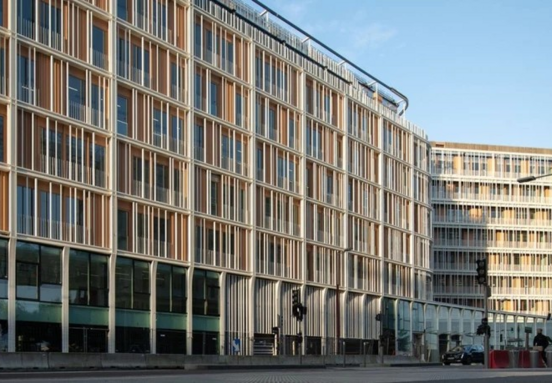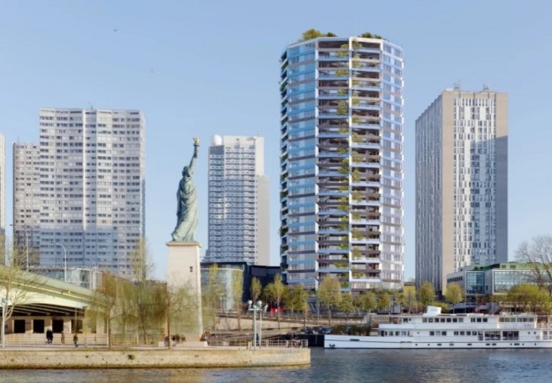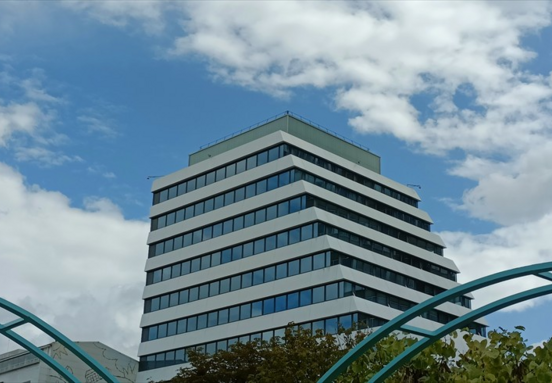Benefits of natural light in offices for health and productivity:
Numerous studies have shown that natural light in office spaces improves employee satisfaction and productivity.
In addition, because natural light reduces the need for artificial lighting during the day, energy costs decrease. This has a positive impact on environmentally conscious employees, who appreciate that their employer is taking steps to save energy.
You can also maximize the benefits of natural light in office spaces by incorporating biophilic elements. Adding indoor plants and water features makes the space feel calmer, enhancing employee satisfaction. Light, natural paint colors such as green, blue, and yellow help brighten the space and reflect light throughout the room.
Best lighting design strategies for offices:
To enjoy the full benefits and healing power of natural light in offices, you need a clear vision and reliable guidance. Experienced architects can help you with both.
Here are some specific natural lighting design strategies that architects use to bring in as much light as possible while addressing various lighting challenges, all to improve employee satisfaction:
- Bring natural light into high-traffic areas. Lighting that’s too dim or too harsh can cause eye strain and headaches. Ensuring that as many workstations as possible have access to daylight helps solve this issue, as natural light is bright but less harsh than artificial lighting. Another solution is to install skylights, which are ideal in open-plan offices with central workspaces where side windows don’t reach.
- Use diffuse light. While floor-to-ceiling windows and skylights help spread light evenly, diffuse light eliminates glare, hotspots, and harsh shadows that harm visibility and productivity. You can create diffuse lighting using frosted glass, light boxes, diffuser screens, and by redirecting light beams.
- Use matte finishes on walls. Light colors brighten spaces and reflect light better than dark ones, but glossy paint can cause glare. A matte finish absorbs most reflections.
- Leverage landscaping. Surround single-story office buildings with trees and shrubs to shield workers from glare. A well-designed landscape also encourages employees to take outdoor breaks.
- Install artificial lighting that mimics natural light. Since natural light needs to be supplemented by artificial lighting in offices, consider installing desk lamps that emit light in the same spectrum as daylight. You can also install dimmers that automatically adjust based on the amount of light in the room. Tunable white light systems change color temperature according to the environment—for example, 6500K on cloudy days and 1800K at sunset.
Most architectural design teams use a combination of these strategies. The ones you choose will depend on your office layout, budget, and employees’ needs.
How to make the most of natural light in offices:
Not only does natural light in offices offer numerous health and productivity benefits, but effective lighting strategies can also help attract top talent to your company. Natural light is universally appreciated, which is why implementing it in your workspace should be a top priority.
The best way to attract new employees and ensure your current team stays happy, healthy, and productive is to work with an architecture firm. They can help identify areas where lighting can be improved and propose solutions based on your budget and space limitations. By relying on their expertise, you'll gain all the advantages of natural light in office spaces—and a happier, more motivated workforce.







